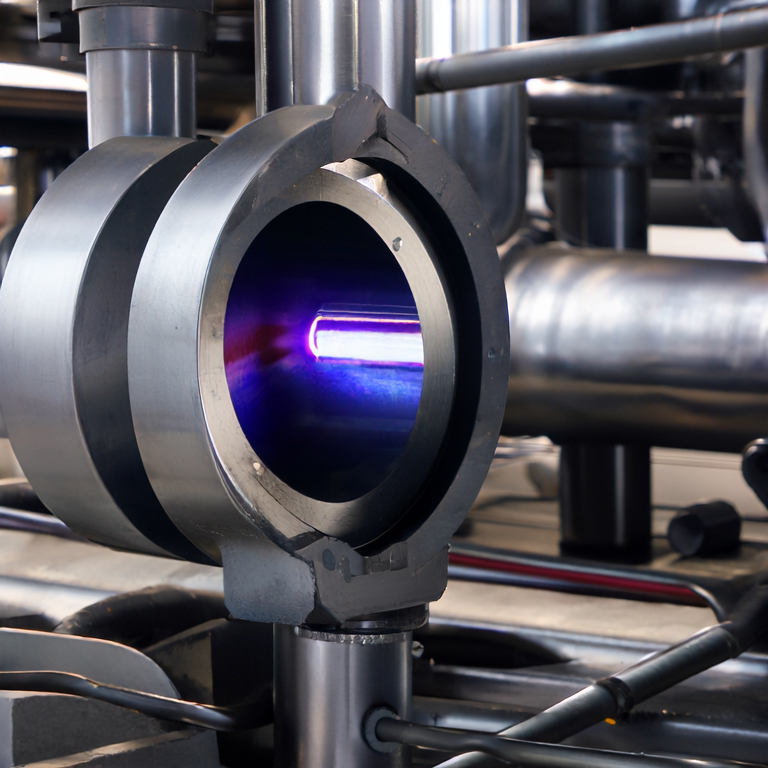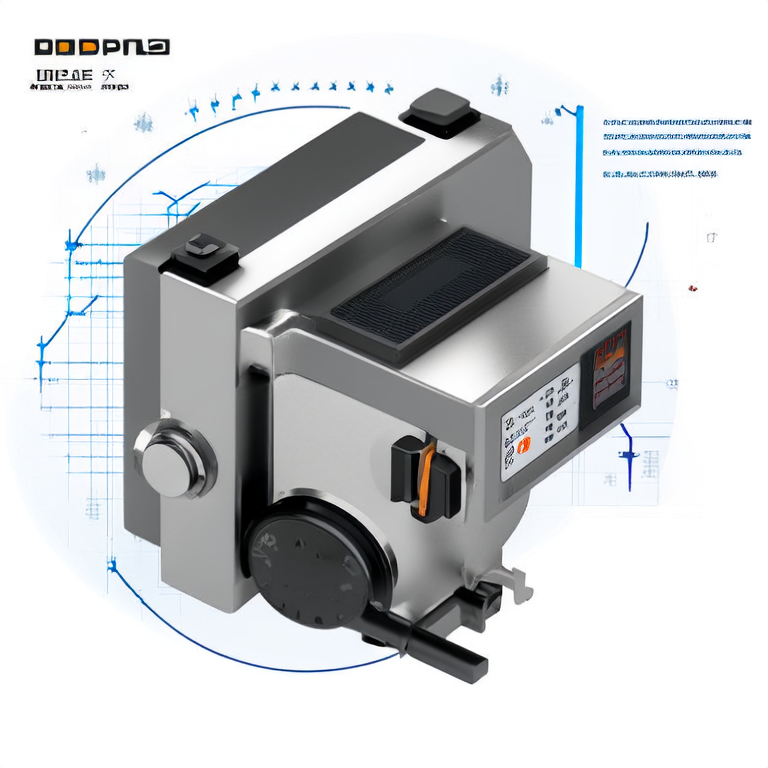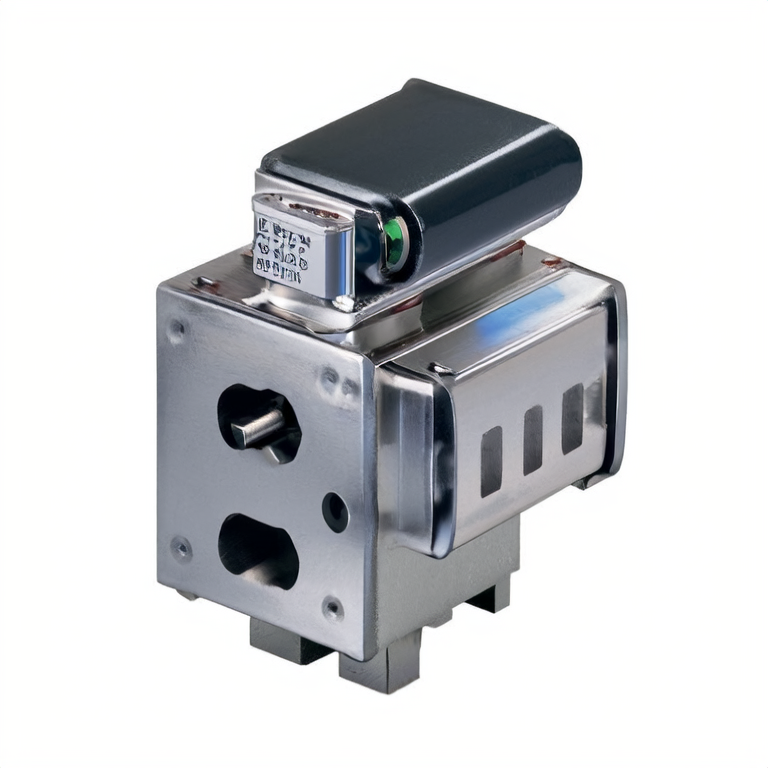Port Fire System Upgraded to Large-Diameter Electromagnetic Flow Transmitter
Sep. 03, 2025
Introduction
The electromagnetic flow transmitter plays a critical role in enhancing the effectiveness of port fire systems. Accurate flow measurement ensures timely and adequate responses to fire emergencies. Many ports previously relied on outdated equipment leading to inefficiencies. Upgrading to a large-diameter electromagnetic flow transmitter can solve these issues. This upgrade provides real-time data and increased safety levels. As ports adapt to technology, the flow transmitter offers reliability and precision in hazardous situations. 
Summary Answer
The upgrade to a large-diameter electromagnetic flow transmitter improves the port fire system\'s accuracy, efficiency, and reliability.
1. Benefits of Upgrading to Large-Diameter Electromagnetic Flow Transmitters
1.1 Enhanced Measurement Accuracy
Electromagnetic flow transmitters offer precise flow measurements. This accuracy is crucial, especially during emergencies.
1.2 Increased Operational Efficiency
Upgrading helps streamline operations. It reduces the response time in fire emergency situations.
1.3 Better Safety Compliance
Many ports face regulatory requirements. The flow transmitter assists in meeting safety and operational standards.
2. How Electromagnetic Flow Transmitters Work
2.1 Principle of Operation
The flow transmitter operates based on Faraday\'s law of electromagnetic induction. It measures flow velocity through magnetic fields and electrodes, translating these into flow rates.
2.2 Components of the System
The key components include a sensor, transmitter, and display unit. Each part plays a role in providing real-time data.
3. Comparing Electromagnetic Flow Transmitters with Other Types
| Type of Flow Meter | Accuracy | Maintenance | Cost |
|---|---|---|---|
| Electromagnetic Flow Meter | ±0.2% | Low | Higher Initial Cost |
| Mechanical Flow Meter | ±2% | High | Lower Initial Cost |
4. Steps to Upgrade the Flow System
4.1 Assessment of Current System
Evaluate existing equipment\'s performance and identify shortcomings.
4.2 Selecting the Right Electromagnetic Flow Transmitter
Choose a model that meets specific flow requirements and environmental conditions.
4.3 Installation Process
Follow best practices for installation. Ensure proper calibration and testing post-installation.
4.4 Training Users
Provide necessary training for users to operate the new equipment effectively.
Conclusion
The upgrade of the port fire system to a large-diameter electromagnetic flow transmitter greatly enhances its functionality. It ensures accurate flow measurement, improves efficiency, and meets safety standards. This modern technology is essential for ensuring the safety and preparedness of port operations.
FAQ
What is an electromagnetic flow transmitter?
An electromagnetic flow transmitter measures the flow of conductive liquids using magnetic fields to ensure accurate readings.
Why should ports consider upgrading their fire systems?
Upgrading to modern technology ensures higher accuracy, safety, and compliance with regulations.
How reliable are electromagnetic flow transmitters?
They are very reliable, offering high accuracy and low maintenance requirements.
What types of liquids can these flow transmitters measure?
They can measure any conductive liquids, like water and certain chemicals, ensuring versatility in use.
Are there any downsides to electromagnetic flow transmitters?
Their initial cost is higher than some traditional flow meters; however, the long-term benefits outweigh this expense.




